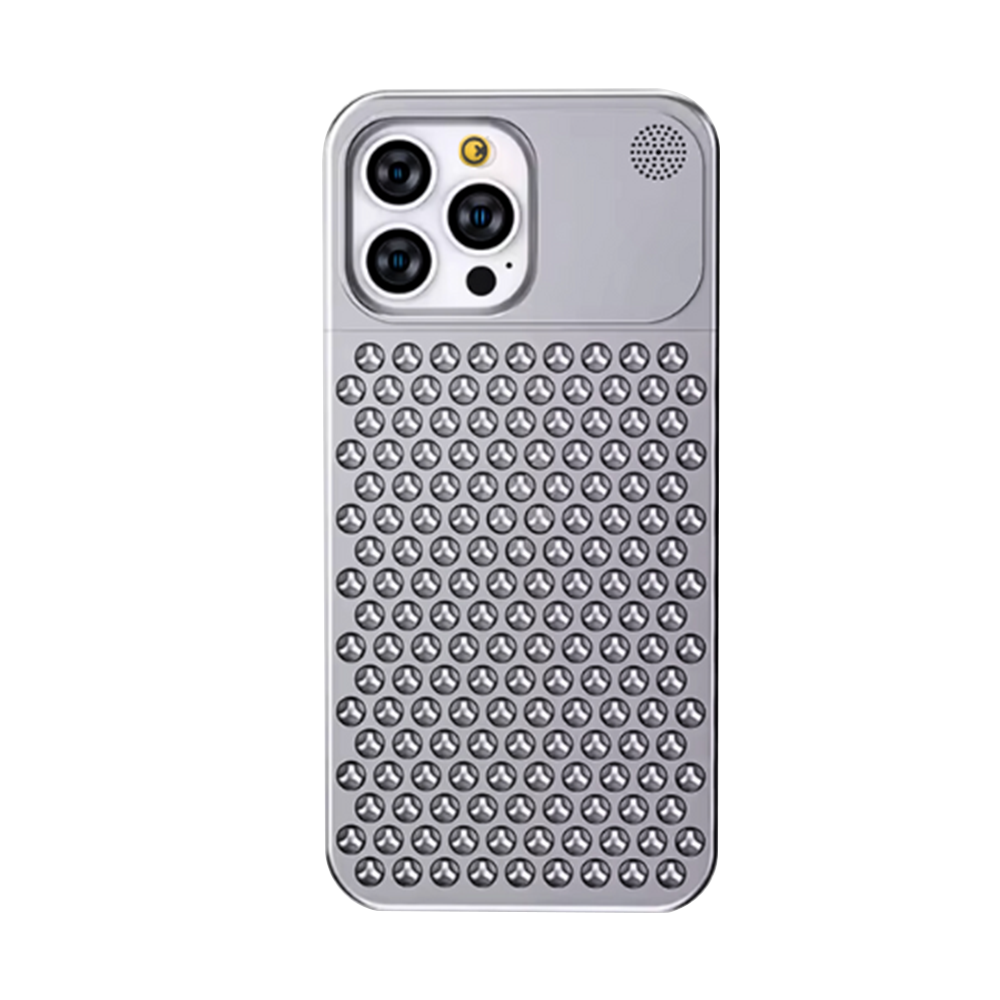
Apple iPhone 17 Air: Everything You Need to Know
Apple has done it again—this time with the iPhone 17 Air, the lightest iPhone ever made. Launched at the September 2025 Apple Event, the new Air isn’t just a slimmer version of the iPhone 17—it’s Apple’s boldest rethink of what a smartphone should feel like. With its ultra-lightweight design, A18 Bionic chip, and eco-friendly build, it’s already creating buzz. But is it really worth the upgrade? Let’s dive into this iPhone 17 Air review and see how it compares to the regular iPhone 17 and Pro models.
Table of Contents
-
Final Thoughts
What is the iPhone 17 Air?
The iPhone 17 Air is Apple’s newest entry in the iPhone lineup, inspired by the MacBook Air and iPad Air, both famous for their slim and featherlight designs.
This phone follows the same philosophy: thin, light, and portable, without sacrificing the speed or power you’d expect from a flagship iPhone.
iPhone 17 Air Key Features
Here’s a quick look at what makes the iPhone 17 Air stand out:
- Ultra-Lightweight Build – The lightest iPhone Apple has ever made.
- Slim Profile – Comfortable in hand, pocket-friendly, and stylish.
- A18 Bionic Chip – Apple’s fastest chip to date for blazing performance.
- Dual-Lens Camera – Crisp, clear photos and videos for everyday users.
- iOS 19 – The newest software with smart AI-powered features.
- All-Day Battery – Optimized for efficiency despite the slimmer body.
- Eco-Friendly Materials – Made with more recycled parts, showing Apple’s sustainability commitment.
👉 Question for you: Would you give up Pro-level cameras if it meant having the lightest iPhone ever?
iPhone 17 vs iPhone 17 Air – Key Differences
Still confused about which one to buy? Here’s how the two stack up:
- Design: The Air is slimmer and noticeably lighter.
- Performance: Both use the A18 Bionic, so performance is nearly identical.
- Camera: The Air keeps it simple with a dual system, while Pro models have advanced multi-lens setups.
- Price: The Air is more budget-friendly than the Pro lineup, priced close to the standard iPhone 17.
👉 In short: If portability and style matter most, go for the Air. If professional-grade photography is your priority, the Pro models are worth the extra money.
Why Everyone’s Talking About It
- The “Air” branding feels fresh and exciting for iPhones.
- Perfect for people who love lightweight smartphones.
- Apple’s eco-friendly approach is gaining positive attention.
- Fans call it a modern upgrade to the iPhone SE, but with 2025-level features.
iPhone 17 Air Price & Availability
The official iPhone 17 Air price is:
- $899 in the US
- ₹79,900 in India (expected)
Pre-orders are open in select countries, and global availability begins late September 2025. If you’re considering an upgrade, this might be the sweet spot between affordability and Apple’s latest innovations.
FAQs About iPhone 17 Air
1. What makes the iPhone 17 Air special?
It’s Apple’s lightest and thinnest iPhone yet, designed for portability without losing performance.
2. Is it faster than the iPhone 17?
Both use the A18 Bionic chip, so performance is equally fast.
3. How’s the camera quality?
The Air’s dual-lens setup delivers sharp, vibrant photos, though it doesn’t have the advanced features of the Pro models.
4. What about battery life?
Apple promises all-day battery life, thanks to improved efficiency.
5. Should I buy the iPhone 17 Air?
Yes, if you want a lightweight, stylish, and powerful iPhone at a fair price. But if professional photography is your main focus, go for the Pro.
Final Thoughts
The iPhone 17 Air isn’t just another phone—it’s Apple’s way of giving users a lighter, simpler, and more sustainable smartphone experience.
It may not have the most advanced camera system, but it delivers where most people actually need it: performance, design, and comfort.
👉 If you’ve been waiting for a fresh iPhone experience in 2025, the iPhone 17 Air is a strong contender—especially for anyone who values portability and style. Before you jump straight to the Pro models, ask yourself: do you really need all that camera power, or would a featherlight iPhone be the smarter upgrade?








